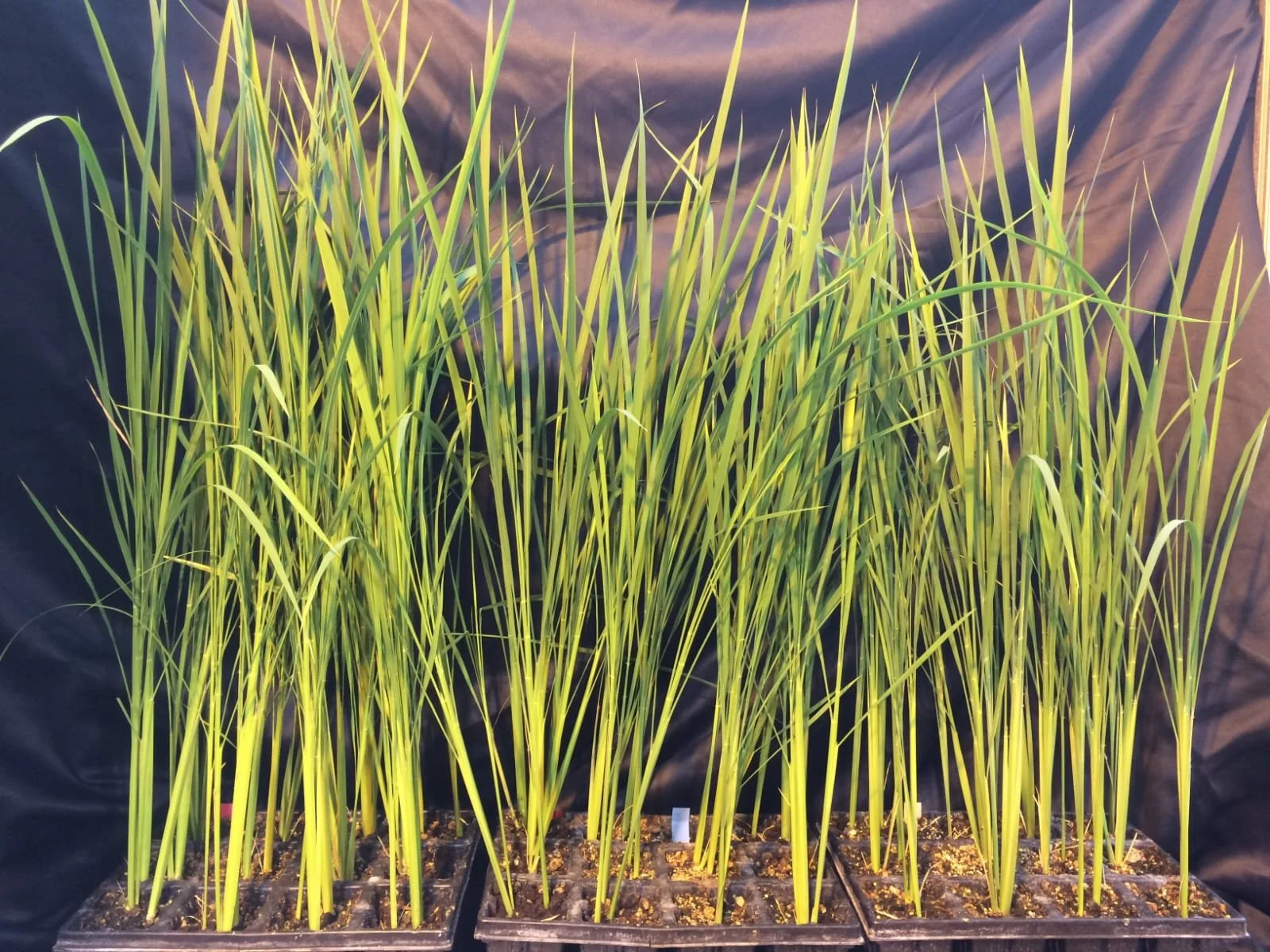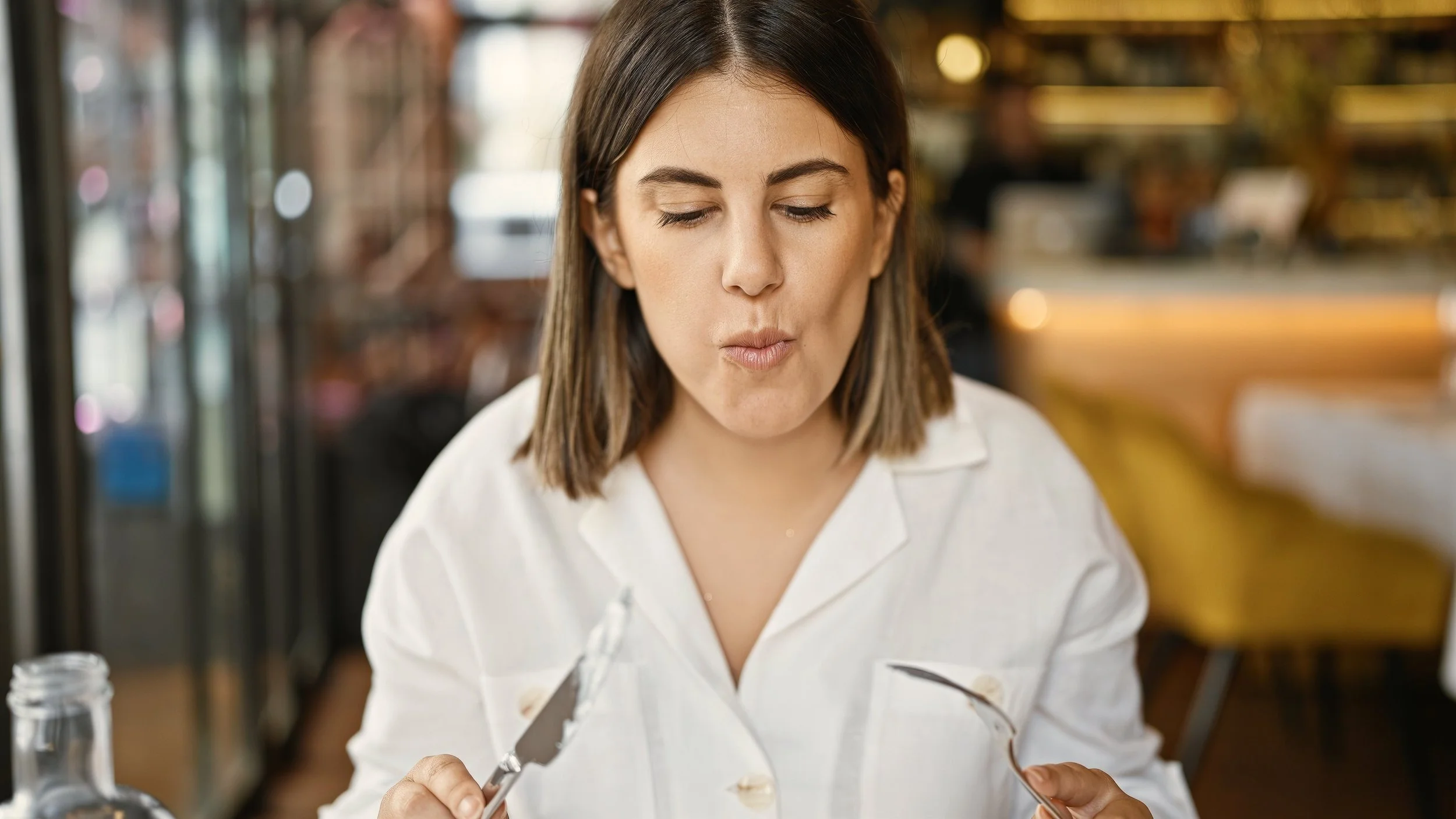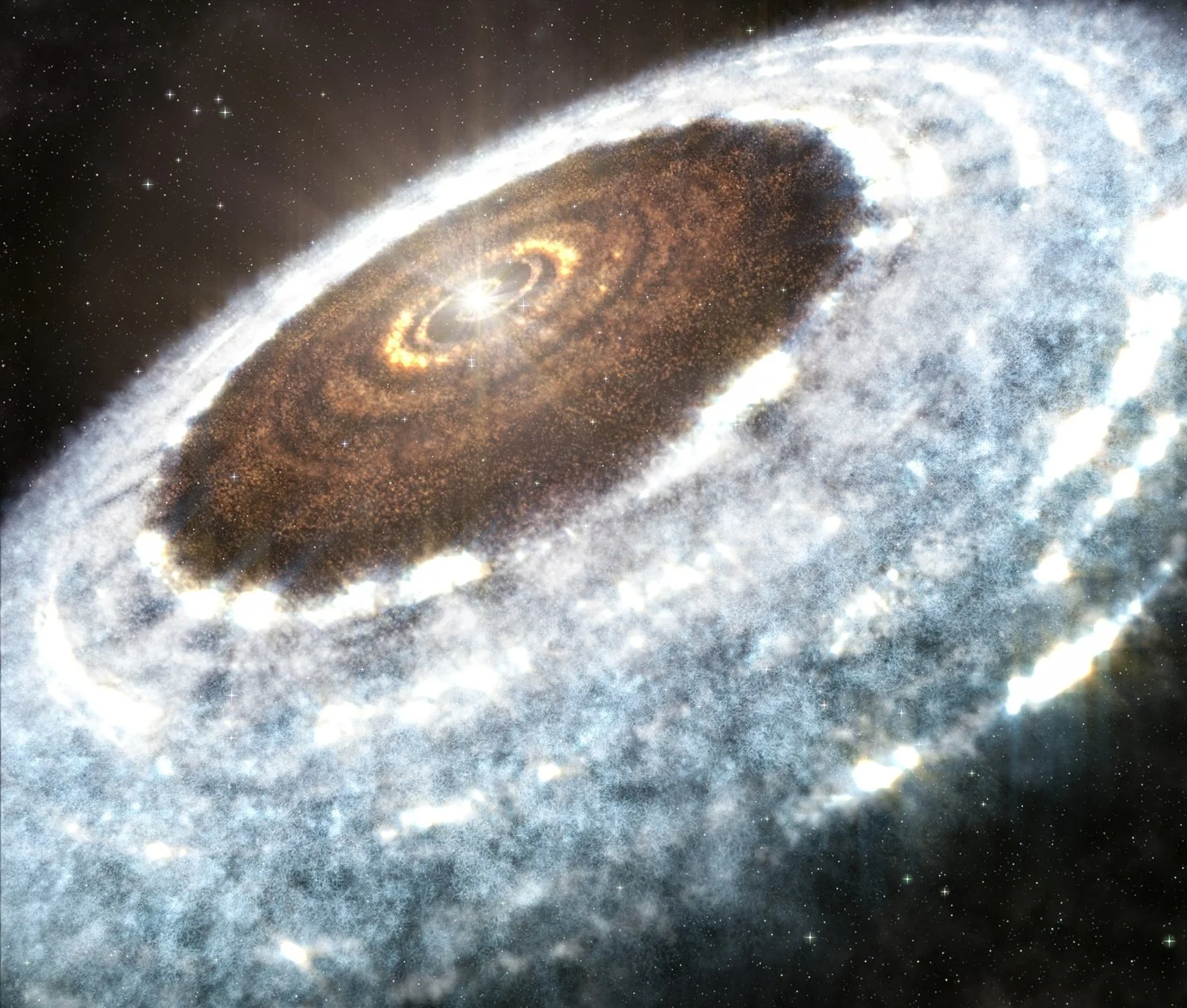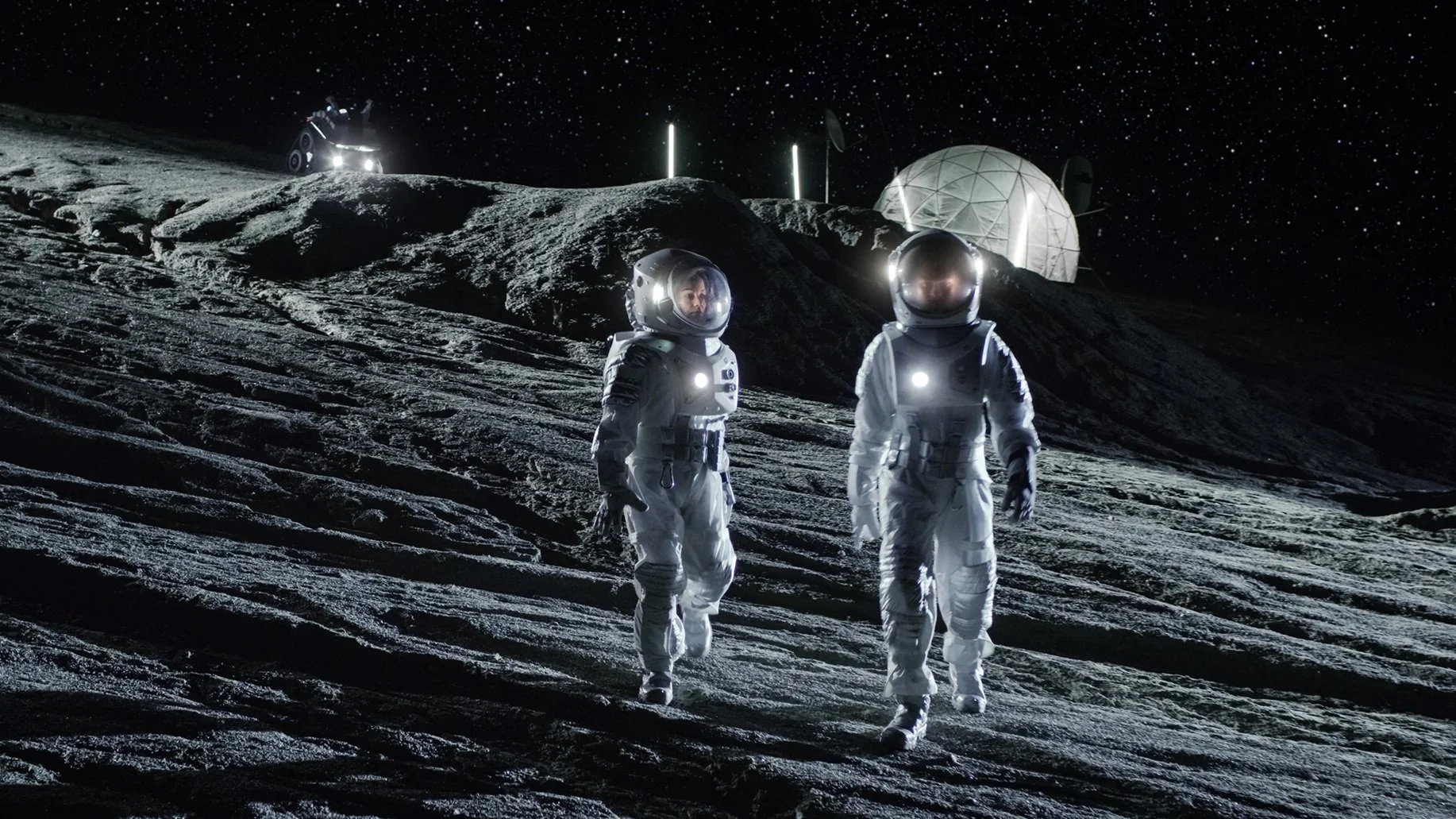Thinking of astronaut food we often imagine floating packets of pre-cooked meals. But as our aim for space missions becomes longer and humans plan to stay on the Moon or even Mars, having access to fresh, nutritious food will become essential.
Modern space exploration mostly relies on shipments from Earth, however these rarely include fresh fruits or vegetables. According to researchers, having reliable sources of fresh food—rich in vitamins, antioxidants, and fibre—could help keep astronauts healthy on long missions.
A collection of rice plants mutagenized using CRISPR-Cas. - (Credit: Courtesy of the University of Milan)
How Scientists Are Growing the Perfect Crop for Space
Enter the Moon-Rice project, a collaboration between the Italian Space Agency and three leading Italian universities. Their goal: create a rice plant that’s not only tiny enough for space but also packed with nutrients and easy to grow in tough conditions.
“Living in space is all about recycling resources and living sustainably. We are trying to solve the same problems that we face here on Earth,” says Marta Del Bianco, a plant biologist at the Italian Space Agency. She explains that the main challenge is size: even small rice varieties are still too big for a spacecraft garden. “What we need is a super-dwarf, but this comes with its own challenges,” she says. Shorter plants often have trouble producing seeds, which is a problem if you want a steady food supply.
To solve this, teams at the University of Milan are isolating rice mutants that grow just 10 centimetres high, about the size of a smartphone. Meanwhile, researchers in Rome are looking for ways to boost how much food each plant can produce. They’re also trying to make the rice more nutritious by increasing its protein content, since meat production in space isn’t practical.
From Moon to Earth: What This Could Mean for Us All
Growing crops in space isn’t just about feeding astronauts. According to Dr Del Bianco, if you can design a plant tough enough for the Moon or Mars, it could also thrive in extreme places here on Earth, like deserts, polar regions, or small urban gardens.
Her team is even experimenting with how plants respond to micro-gravity by rotating them so they never know which way is “up.” While it’s not the same as being in space, it helps them prepare for the real challenges ahead. “Watching and guiding plants to grow is good for humans, and while pre-cooked or mushy food can be fine for a short period of time, it could become a concern for longer-duration missions,” she adds.
Beyond nutrition, there are psychological benefits too. “If we can make an environment that physically and mentally nourishes the astronauts, it will reduce stress and lower the chances of people making mistakes. In space, the best case of a mistake is wasted money, and the worst case is the loss of lives,” Dr Del Bianco explains.
The Moon-Rice project is still in its early days, but the progress so far is promising. As scientists share their latest findings at the Society for Experimental Biology Annual Conference in Antwerp, the hope is that these super-tough, space-ready
Sources, further reading and more interesting articles about space grown food:
Too busy to follow science news during the week? - Consider subscribing to our (free) newsletter - (Universal-Sci Weekly) - and get the 5 most interesting science articles of the week in your inbox
FEATURED ARTICLES:







